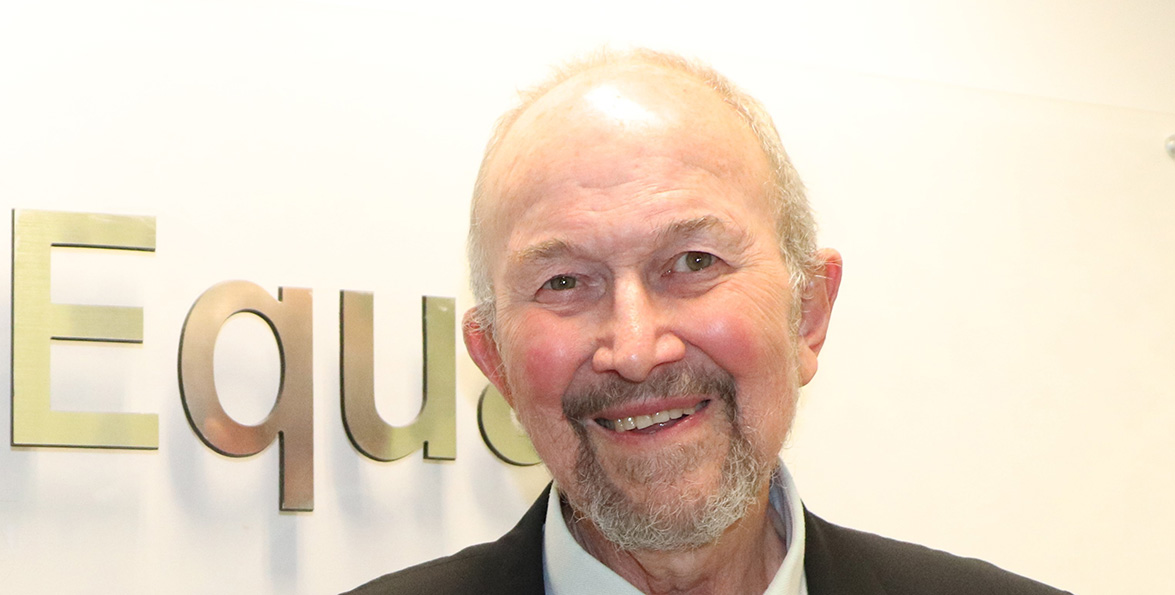
Substantive Equality takes into consideration that treating everyone equally doesn’t necessarily mean equal outcomes.
For example, an organisation that decides to get rid of its face-to-face services and transfer them all online would be providing the same service to everyone; however, the outcome may be ‘unfair’ because elderly people, people with certain disabilities, and Aboriginal people in remote areas with limited internet connection might find it difficult to access online services and may be negatively impacted.
If the organisation focused on equal outcomes for their services, they may have found transferring all their services online could have unintentionally limited those services to people with protected attributes under the Equal Opportunity Act 1984 (the Act).
Substantive Equality is the principle of treating vulnerable groups differently to achieve equal outcomes.
When this happens the gaps between those who benefit from services and those who don’t get smaller.
Closing the Gap is a term many Australians would be familiar as a policy for improving Aboriginal and Torres Strait Islander people’s access to health, education, and justice.
The Closing the Gap website states, ‘Closing the Gap is underpinned by the belief that when Aboriginal and Torres Strait Islander people have a genuine say in the design and delivery of policies, programs and services that affect them, better life outcomes are achieved. It also recognises that structural change in the way governments work with Aboriginal and Torres Strait Islander people is needed to close the gap.’
This essentially echoes the Policy Framework for Substantive Equality, which advocates for identifying clients and their needs, committing to consulting with different client groups to identify service delivery, and to consult with relevant groups to refine and monitor action plans in relation to service needs.
Working with communities is therefore an important step in the substantive equality process.
Without this step, service delivery to diverse groups covered by the Act may not have equitable outcomes for those cohorts.
In the case of Closing the Gap for Aboriginal people, State Government agencies need policies and practices that provide better health and justice outcomes for Aboriginal people.
Meaningful consultation and cooperation with Aboriginal communities is imperative to design policies and practices that accommodate the needs of these communities to increase health, education and accommodation and reduce contact with the justice system.


